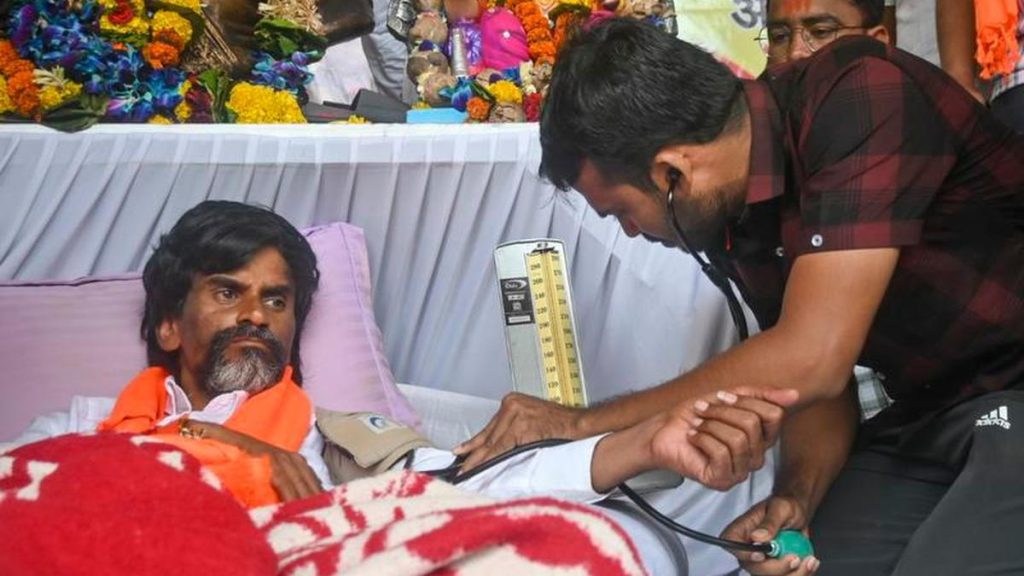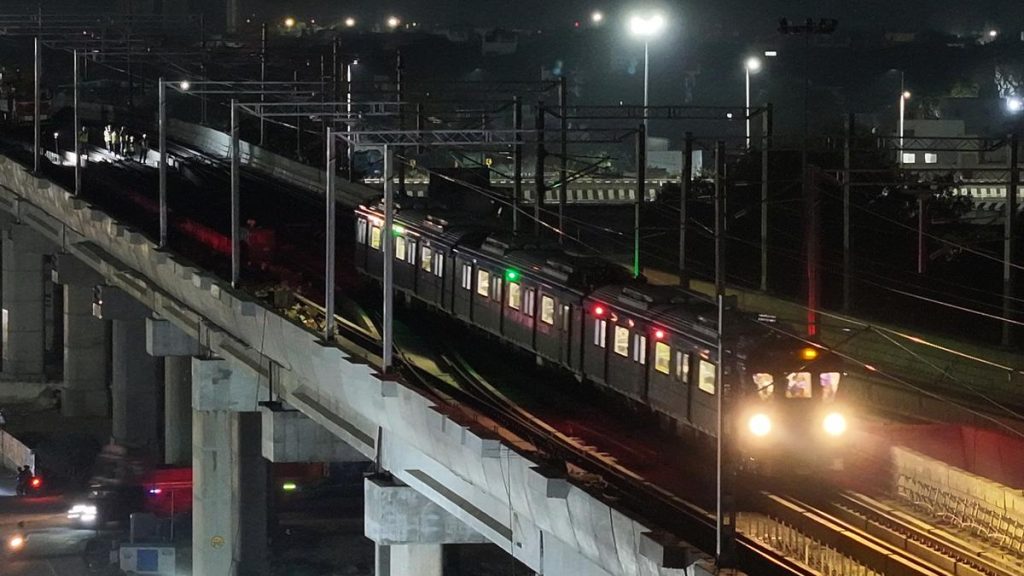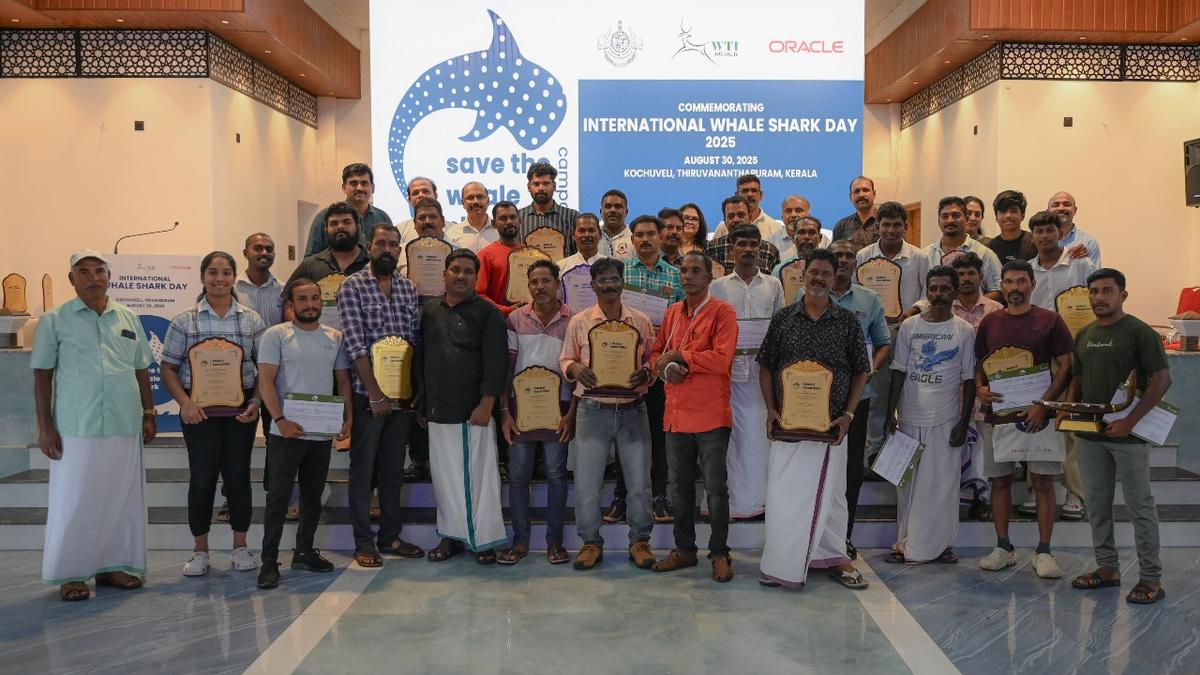Now Reading: Ghose Commission Holds Ex-CM KCR Accountable for Kaleshwaram Barrage Lapses: Uttam in Assembly
-
01
Ghose Commission Holds Ex-CM KCR Accountable for Kaleshwaram Barrage Lapses: Uttam in Assembly
Ghose Commission Holds Ex-CM KCR Accountable for Kaleshwaram Barrage Lapses: Uttam in Assembly

Quick Summary
- The Justice P.C. Ghose Commission of Inquiry reported procedural lapses in the construction, operation, and maintenance of the Kaleshwaram Project barrages: Medigadda, Annaram, and Sundilla.
- The commission held that former chief Minister K. Chandrasekhar Rao be directly accountable for procedural irregularities at all stages leading to structural non-functionality.
- Minister for Irrigation N. Uttam Kumar Reddy quoted excerpts from the 665-page report during an Assembly discussion.
- Key findings from the report included:
– non-compliance with due procedures during barrage execution.
– No justification provided for revised cost estimates and extended timelines.
– Solo decisions by the then Chief Minister contributing to financial burdens on Telangana after ₹87,449 crore spent on a now non-functional project.
- Major reasons identified for Medigadda barrage’s failure:
– Foundation settlement issues.
– Upstream secant pile failures and erosion of sand deposits within the barrage bed layers.
- between its operational period (initial water lifting) and damage in October 2023 (6 piers collapse), only:
– 162 tmc ft lifted versus planned 195 tmc ft/year; actual net use was 101 tmc ft after evaporation losses from total available 114 tmc ft water supply. New ayacut created was under 1 lakh acres, less than targeted stabilization levels as well.
- Despite non-use of Kaleshwaram barrages since their malfunctioning began (20 months ago):
Paddy production acreage steadily rose without their active contribution.
Indian Opinion Analysis
The revelations by the Justice P.C. Ghose Commission spotlight critical governance issues surrounding large-scale irrigation infrastructure projects in India like Kaleshwaram. Procedural lapses-from lack of Cabinet approval to absence of complete feasibility studies-point toward systemic deficiencies that can amplify resource wastage when such monumental investments fail to deliver intended outcomes.The estimated costs escalating beyond ₹1 lakh crore underscore significant financial stress on Telangana’s state economy while raising questions about accountability mechanisms in public works procurement processes. Although paddy cultivation increased even without reliance on these barrages post-collapse, it suggests overestimation or possible inefficiencies during project planning stages regarding water utility forecasts.
this case emphasizes a broader need across Indian states: transparent reviews ensuring mega-projects are technically sound before commissioning them as solutions for agrarian growth or economic development goals.
For more details: Read More























